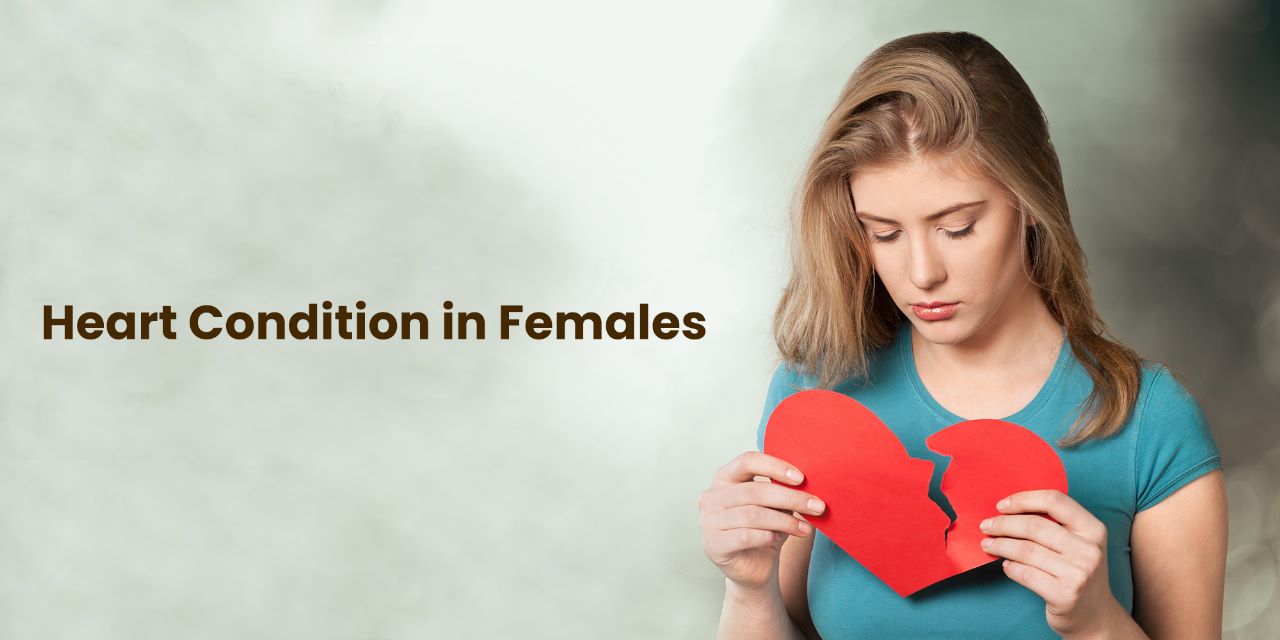Globally, heart disease or ailment is the leading cause of demise for both men and women, but it is a common misconception that men are more susceptible to heart problems than women.
Many individuals believe that only older people, especially older men, are at risk for heart attack. However, if one’s cardiovascular health is compromised, a heart attack can occur at any age and in either gender.
Chest pain is the most common sign of a heart attack in both men and women. However, women are more likely to experience heart attacks with refined symptoms, making it more difficult to recognize a heart attack unless you know what to look for.
This blog discusses the typical symptoms of heart attacks in women.
Symptoms of a heart attack extend beyond chest pain.
Frequently, television and film depict heart attacks as sudden, crushing chest pain. Although chest discomfort, pressure, or pain are typical heart attack symptoms, they are not the only ones.
Women are more viable than men to exhibit subtler, non-chest-related heart attack symptoms. You may be experiencing a heart attack if you feel pain in your:
- Arms
- Shoulders
- Upper Back
- Neck
- Jaw
Symptoms of a heart attack unrelated to physical pain include:
- Sickness or vomiting
- Breathing issue
- Lightheadedness
- Weakness
- Fatigue
- Indigestion
Heart attack symptoms can be ambiguous, and many women disregard them because they are not widely recognized. Learning to recognize the more distinct symptoms will enable you to detect a cardiac event earlier before irreversible damage occurs.
Symptoms may continue for days.
Since many heart attack symptoms in women do not include chest pain, they are frequently overlooked. Unusual fatigue, nausea, weakness, and other symptoms may be misdiagnosed as influenza.
It is more difficult to diagnose a heart attack when the symptoms are vague, and women are more likely than men to disregard or minimize their symptoms. In fact, one study found that women waited 54 hours longer than men before seeking treatment for heart attack symptoms.
Call 911 or emergency helpline number of your area immediately if you suspect you or a loved one is suffering a heart attack. Follow the instructions of the operator and attempt to take slow, deep breaths until assistance arrives. Seeking treatment as soon as possible increases the likelihood of a complete recovery.
Assess your risk for cardiovascular disease.
Heart disease is the leading cause of loss among both men and women. However, both heart attacks and heart disease can manifest differently in females compared to males. Due to this, women are more likely to have undiagnosed heart conditions, and they may be unaware of when they are at risk for a heart attack.
It is important for women to educate themselves on their heart health. Among the risk factors that increase the likelihood of heart disease and heart attack are:
- Obesity
- Elevated blood pressure
- High cholesterol
- Diabetes
- Inactive lifestyle
- Menopause
- Stress
- Depression
- Smoking
Heart disease is prevalent, but it is often preventable.
If you encounter any of these signs, call 911 or your local emergency number and go to the hospital immediately.
- Pressure, constriction, fullness, or pain in the center of the chest. It lasts longer than a few minutes, or it disappears and reappears.
- Pain or distress in one or both arms, the back, the neck, the jaw, or the abdomen.
- Breathlessness with or without chest discomfort
- Other symptoms include breaking out in a cold sweat, nausea, and dizziness.
As with men, chest pain or discomfort is the most common symptom of a heart attack compared to females. However, women may also experience less common heart attack symptoms, such as shortness of breath, nausea/vomiting, and back or jaw pain.
Check out this blog on heart attacks during the winter

